An abandoned 17th-century Yorkshire Dales farm with a fascinating history has been given protected status
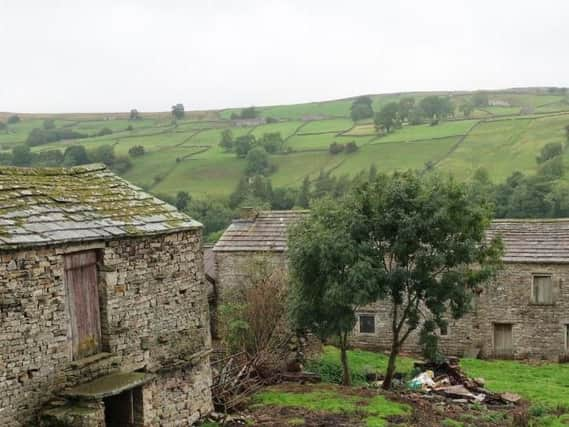

The abandoned farmstead near Low Row in Upper Swaledale is a relic of a vanished way of life.
According to the National Park Authority's building conservation officer Peter Reynolds, it 'encapsulates centuries of history and tradition in Swaledale like no other site'.
Advertisement
Hide AdAdvertisement
Hide AdThe site has now been saved from conversion into housing following its successful heritage listing and is now nationally recognised as being of special interest.
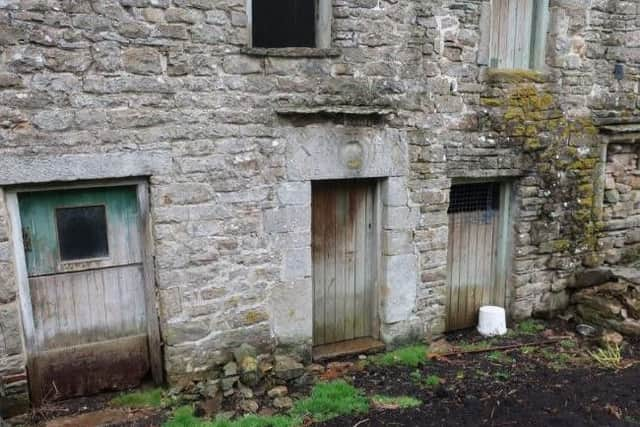

The protected buildings include three houses, a barn, butter factory and several outbuildings, some of which were once thatched before slate roofs were added.
The name of Low Whita is 350 years old and there is evidence that it was farmed by the Close family in 1649. Their descendants lived there until the 19th century.
Advertisement
Hide AdAdvertisement
Hide AdPeter first became aware of Low Whita in late 2018, when he was asked for his opinion on a planning application to bring the site back into residential use.
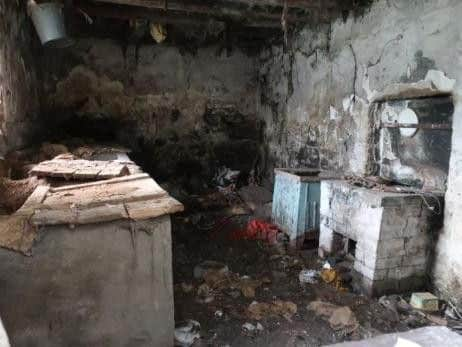

He visited the farmyard and soon realised its rarity and significance. A Building Preservation Notice was served and the process to get the site listed began.
"In the space of a few months, Low Whita has gone from being an unlisted site of unrecognised significance to being in the top eight per cent of all listed buildings in England, in terms of its importance.
The history of Low Whita
It's thought that the first building in the area would have been a single-storey longhouse of 16th century origin. Some sections of stone walling from this structure still survive.
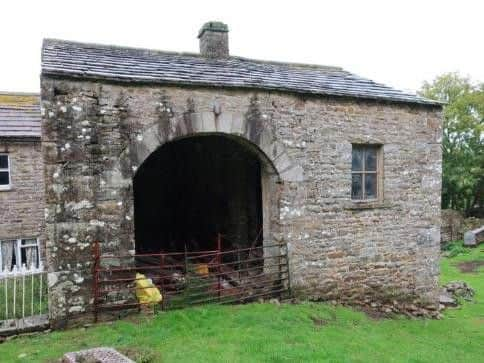

Advertisement
Hide AdAdvertisement
Hide AdLonghouses were widespread in medieval and Tudor England, and the family would have lived under the same roof as their livestock, and even shared the same entrance.
The Close family followed an ancient practice of inheritance called gavelkind, which involved dividing land equally between male heirs. It began after the Roman occupation, but was largely replaced by feudal law and eldest-son inheritance following the Norman Conquest. Yet in Swaledale and other remote areas, it bizarrely survived until as late as 1925.
Despite the apparent fairness of this policy, in reality it caused problems as land had to be subdivided each generation, and farms were broken up. This is what happened to Low Whita, and the farm had to be extended to accommodate the families of several sons and brothers. The three modest houses and a smaller cottage are all of pre-1700 origin, and were originally thatched with local heather.
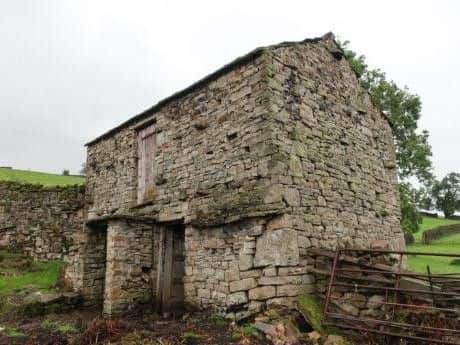

Advertisement
Hide AdAdvertisement
Hide AdThere is even 17th-century graffiti still visible on the walls, as well as the Close name carved into a mantle above an old fireplace and 'witch marks', which were etched to ward off evil spirits.
One note was left by a child, Edith Bell, who later moved to Reeth. Peter discovered that she only died in around 2016.
The butter factory is a 19th-century addition, and large stone shelves can be seen inside. William Batty and his sister Elizabeth moved from Whitby in the mid-1800s to take over Low Whita as a buttery, and in the 1920s cheeses made at Low Whita were still being entered into the Muker Show.
It's thought that the dairy closed before World War Two and the site was gradually abandoned, with its use being reduced and four households being amalgamated into one. The last part to be occupied was a rented farmer's cottage.
Advertisement
Hide AdAdvertisement
Hide AdAlthough these sort of smallholdings would once have been common in the Dales, Low Whita is one of the few surviving examples from the period.
Future potential
It's now hoped that archaeologists and social historians will be able to study the site and find out more about how small-scale farmers lived in centuries past, and the harsh conditions they endured.
Any future change of use would have to be sympathetic to the buildings' original role and preserve their character. The site is currently up for sale with extant planning permission for domestic conversion.
Peter added:-
Advertisement
Hide AdAdvertisement
Hide Ad"I very much hope that the buildings at Low Whita can be put back into use in a sensitive manner which conserves and enhances their significance, and that the story of their use can be continued long into the future.
"It's incredible how readable is - you can see the early roots of the site and the various phases. There are real personal touches to it."